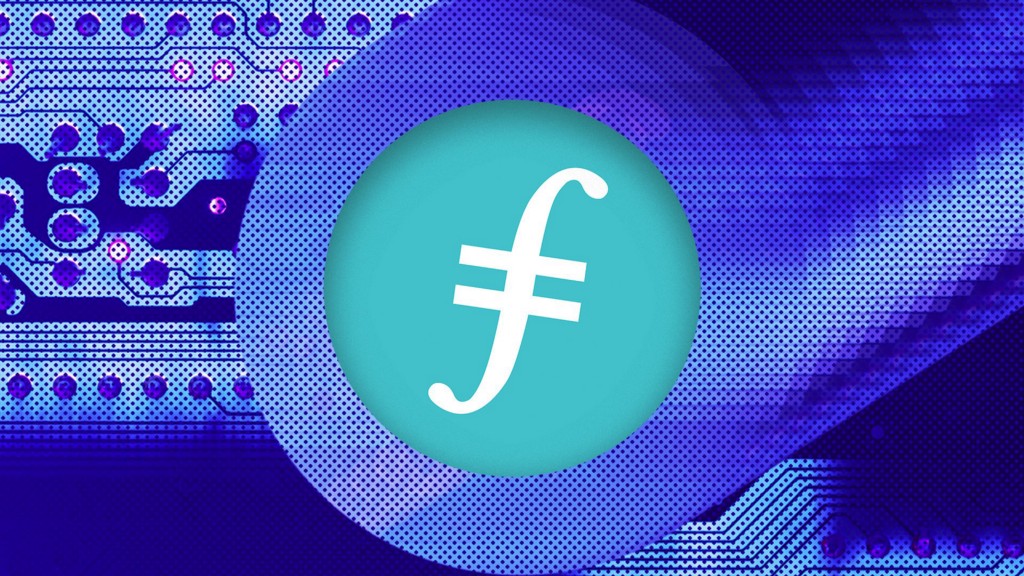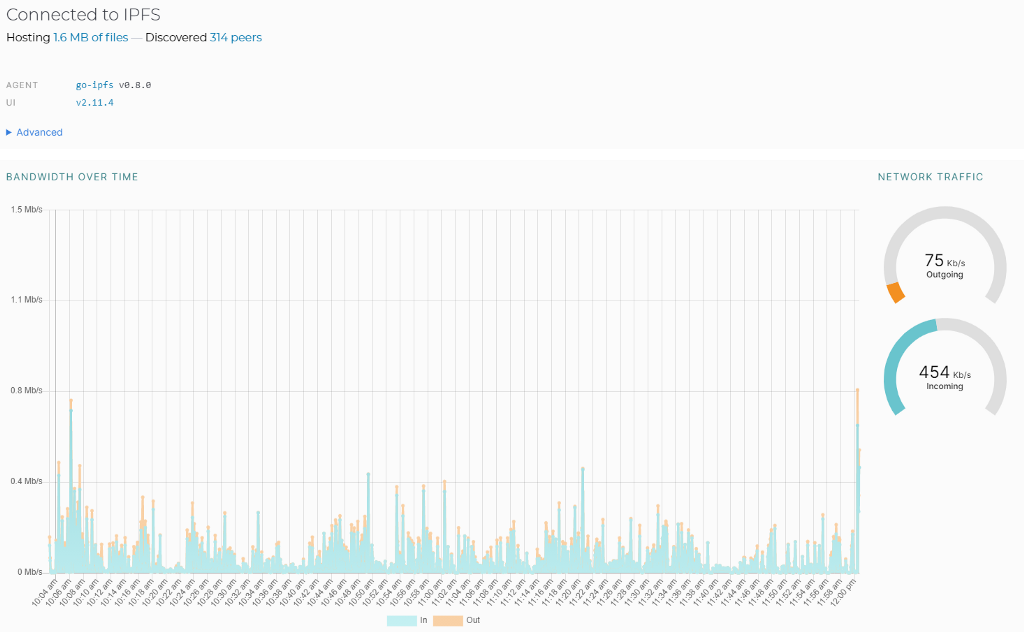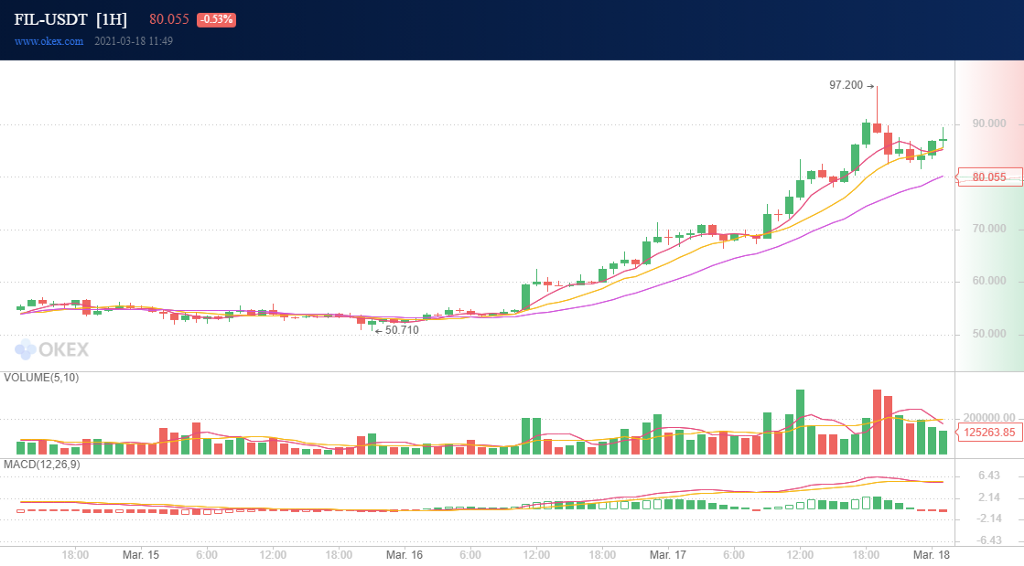
Similar to the roots of file sharing clients back in the early days of the interwebs, Filecoin (FIL) is a distributed network built by Protocol Labs as an incentives based solution to file storage. Protocol Labs is the same company who built InterPlanetary File System (IPFS), which is a peer-to-peer network for storing and sharing data in a distributed file system.
Like Airbnb, Filecoin let’s people rent out their hardware space and earn FIL. It is a decentralized marketplace for people to buy and sell storage. Filecoin actually started back in 2017, and it took years of building, to finally publicly launch in October 2020.
Up until recent times, hosting your images or videos required people to use centralized services, for example Instagram or YouTube. However, with centralization, comes weak points where images or videos can be taken down for various reasons by the centralized service. Hosting your own servers is not an easy task and has it’s own risks. But what if you could use a decentralized network to piece together files and share them with anyone in the world and they are censorship-resistant?
Filecoin has several benefits over centralized solutions. For example by having a free market of buyers and sellers of storage, this can help drive down costs. Since it’s a distributed network it scales and connects people from all over the world. It allows people to share their hardware (storage) with others, making it more affordable for people that don’t have enough money for expensive storage.
Filecoin and InterPlanetary File System
Filecoin and IPFS are complementary protocols for storing and sharing data in the distributed web. Both systems are free, open-source, and share many of the same building blocks. While interacting with IPFS does not require using Filecoin, all Filecoin nodes are IPFS nodes under the hood, and can connect to and fetch IPLD-formatted data from other IPFS nodes using libp2p. However, Filecoin nodes don’t join or participate in the public IPFS DHT.
Using IPFS to host your files
Using IPFS is a fairly simple endeavor. If you download the official IPFS desktop application, you can start using it right away. The desktop app comes bundled with the IPFS node, so you can auto-connect right away to the network. You can then start uploading and distributing files like images.

However with IPFS, files don’t live on forever unless you have your node running 24/7. Also if your node ever goes down, the files could disappear.
Taking full advantage of Filecoin
IPFS files are not automatically added to the Filecoin blockchain. There are services that do that, for example Slate.Host is a user-friendly web application that is built on top of IPFS and Filecoin. You can upload your files to Slate, and then make a storage deal to have the files added to the Filecoin blockchain for persistent storage.
There are other platforms as well that offer similar services, for example ChainSafe and Space. For more advanced users that want interact directly with Filecoin, you can use Lotus which imports data and performs deals on the chain using its daemon and CLI. Lotus users get full control of the deals, the chosen miners, and the wallets used to pay. Make sure you are familiar with Lotus before you have it installed and running.
FIL price is doing well
Since launching in late 2020, the price of FIL has fluctuated a bit but in the past week the price has jumped up quite a bit, hitting a high of $97.20.

It’s also worth noting that with the rise of nonfungible tokens (NFT) and it’s popularity, people are looking for immutable decentralized file hosting solutions, which could be one factor to attribute to the recent spike in the FIL price.
It’s obviously difficult to predict the prices but if the trends of past years of distributed networks, decentralization, and need to have censorship-resistant tools continue to attract more people, Filecoin could be here to stay and may have a successful future.
was originally published in OKEx Blog on Medium, where people are continuing the conversation by highlighting and responding to this story.

